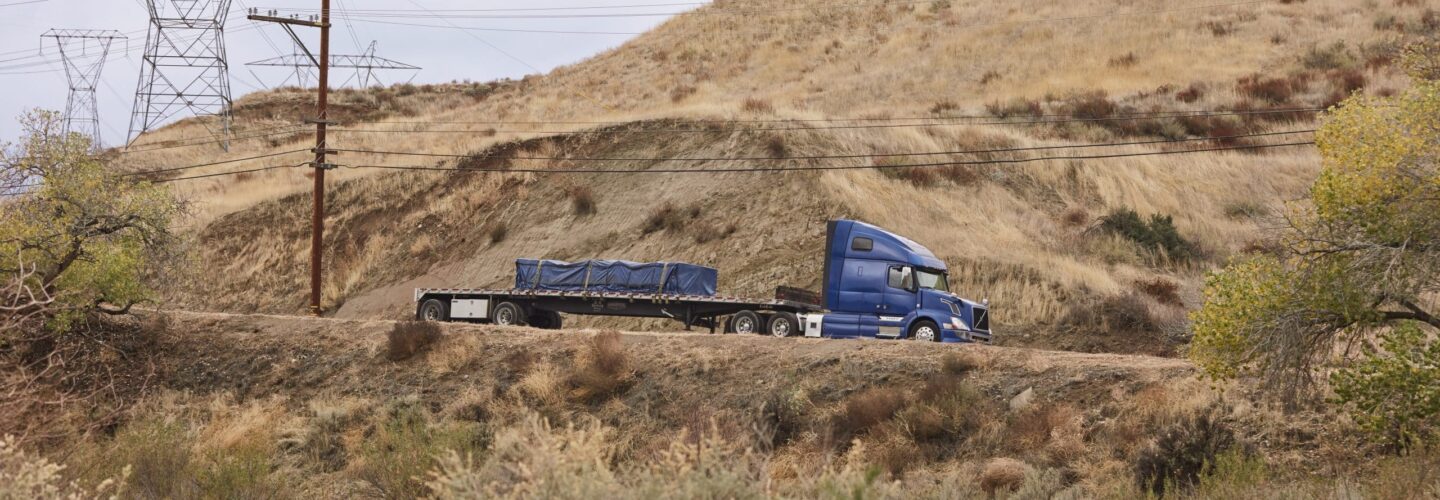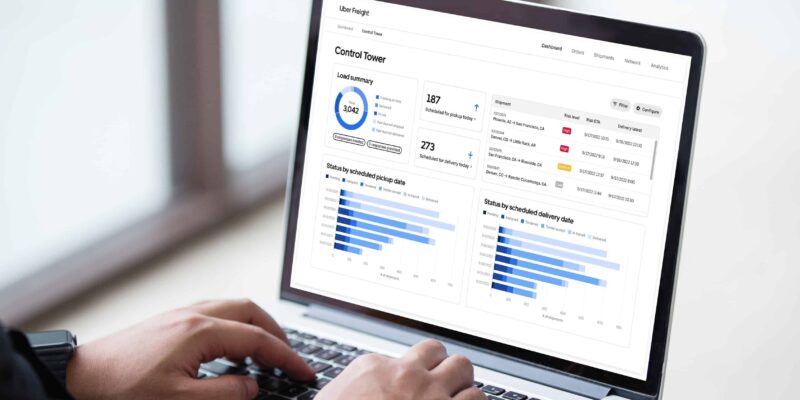Why “backhaul” rates are a thing of the past

Bob Chappuis has been working in the freight industry for over a decade. He joined Uber Freight almost 4 years ago and currently works as a GM, overseeing carrier operations. In Bob’s own words, “My team works to ensure that we build the world’s largest network of highly engaged carriers, from owner-operators to large fleets.”
The 2020 truckload market has been a wild ride. We’ve experienced extreme highs and lows in demand during the short period from March through September. Because of that volatility, I’ve found myself lending a hand to our operations teams, often helping carriers with their accounts or showing drivers how to find their next loads. One of these many phone calls stood out to me. I used the term “backhaul” as I’ve used thousands of times in the past. It’s a term that tends to suggest that the driver could afford to move the load at a lower price since it was returning to their home base. The driver’s reaction to the term “backhaul” caught me off guard and signaled that times have changed since I last dusted off my broker hat.
“Backhauls are dead”
When he said that, it dawned on me that the term and its implications have become outdated. Something has changed over the past decade, and it has to do with the emergence of a new freight-brokering mindset.
Backhauls, as seasoned freight brokers remember them, were the cheapest way to book a truck. The first step was calling hundreds of carriers each day, targeting them based on the city where the load delivered. Once the broker found that needle-in-a-haystack truck looking for a backhaul, the broker offered a cheap rate to the carrier. In theory, the carrier might have been willing to accept a discount since it was hard to find that perfect load back home. A carrier might have expected it taking hours to find another load like the one the broker was offering, so they would have accepted that less-than-optimal rate.
Redefining the term
So what’s changed? Why does “backhaul” seem antiquated to carriers in today’s market?
It’s actually not the concept of a backhaul that’s in question. Large fleets often operate tight networks and require very specific routes to return their trucks to their hubs where they have customer freight. It’s the idea that backhaul freight should be cheaper than a headhaul for some reason.
The premise of hauling a load for a lower-than-market backhaul rate is based on mistrust. It implies that a broker takes advantage of their deep understanding of rates, hides that from the carrier, and pays the carrier at a discount for helping to get their truck back home. In the past, that deal was considered a win-win for both parties because the carrier minimizes the cost of repositioning their truck, and the broker is able to charge a competitive rate to the customer. The arbitrage opportunity is created due to lack of market and price transparency, not due to the direction the load is moving.
While those arbitrage opportunities still exist, technology has made pricing and load availability far less opaque. Over the years, tech companies and incumbent brokerages have entered the marketplace and are providing real-time pricing, eroding the knowledge gap. Carriers and shippers now have price-discovery tools that allow them to make informed decisions without worrying about being ripped off.
Uber’s commitment to price transparency
To play our part in building a transparent marketplace, Uber Freight has 3 channels to find and book loads at upfront prices: our mobile app, web platform, and fleet API. These enable carriers of all sizes and complexities to review lanes and rates in real time and make educated decisions about their next loads.
Through the mobile app and web platform, small and midsize carriers can search and book loads with guaranteed rate transparency. For fleets with sophisticated software systems, the fleet API exposes available freight with rates and allows users to directly match their available capacity to thousands of loads in real time. As a result of this seamless integration, one of the top 10 carriers in the industry has moved 100% of their load searches to our fleet API, matching Uber Freight loads to its trucks at the speed of computers, not brokers on phones.
The future of rate visibility
To me, the implications of price transparency are clear. With more transparency, the market will favor brokers and shippers who are able to create and commit to their pricing. Brokers will have to rely less on their ability to play the arbitrage game and more on the confidence of their pricing algorithms. As a result, drivers like the one I spoke to will be accurate in saying that the term “backhaul rate” is dead.
To take advantage of Uber Freight’s full suite of products, go here. Or email us at ufcarrierintegrations@uber.com for more information about our fleet API.



